
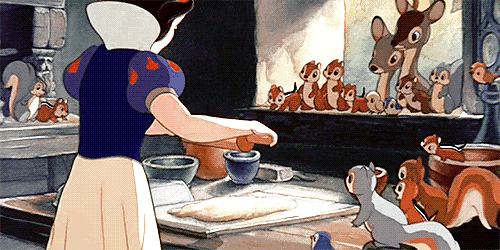
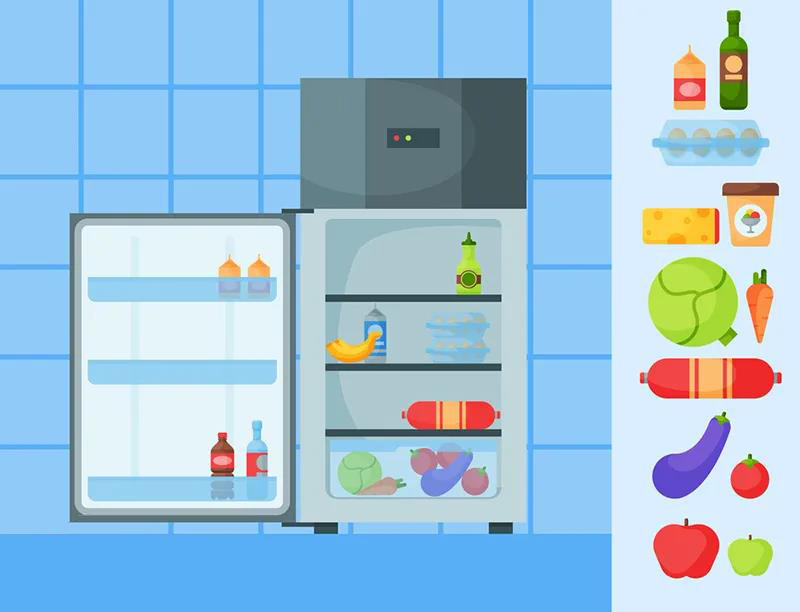
What are the factors related to the storage of food?
In addition to internal factors such as its own disease resistance, processing methods and packaging methods, the reasons that affect the storage stability of foods, the temperature, humidity and light in the external environment are the main factors that determine the storage effect.
Temperature
Bacteria and mold contaminated on the food surface in a high temperature environment are easy to grow and multiply, while a low temperature environment (refrigeration or freezing in a refrigerator) will inhibit or slow down the growth of mold, and high temperature will accelerate the destruction of nutrients in the food, causing Nutrition loss.
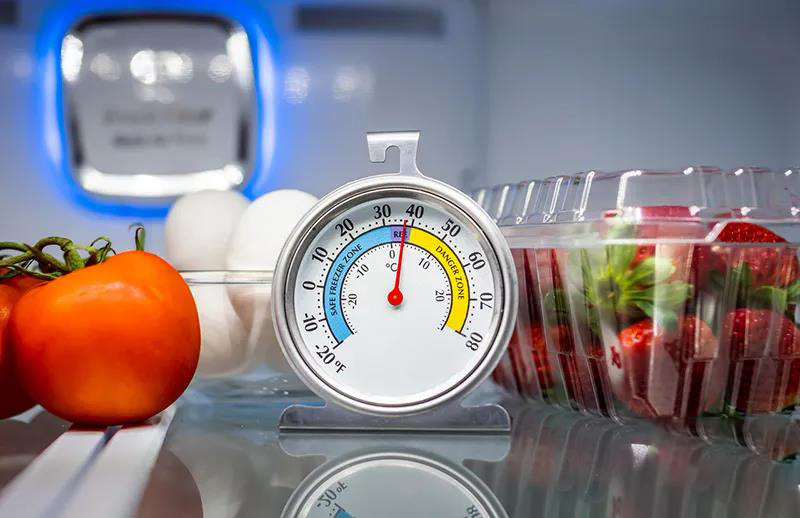
Humidity
A humid environment is also conducive to the growth of microorganisms and the incubation of eggs, while a cool, dry and ventilated environment will reduce the occurrence of these situations.
Illumination
Light can not only cause changes in the color of some foods, but most of the light is a heat source, which will increase the surface temperature of the food, especially some foods rich in vitamins and fats. The light will destroy the nutrients and speed up the food at the same time. The speed of its fission.
How should different foods be stored?
If the purchased food has a packaging label, it can be stored according to the storage method suggested on the label. If not, different methods can be adopted according to different foods.
Staple food
Rice noodles, grains, oils, dried fruits, dried vermicelli, etc., should be packed in clean and dry containers and placed in a cool, ventilated, and dry place indoors, avoiding high temperatures and sunlight.
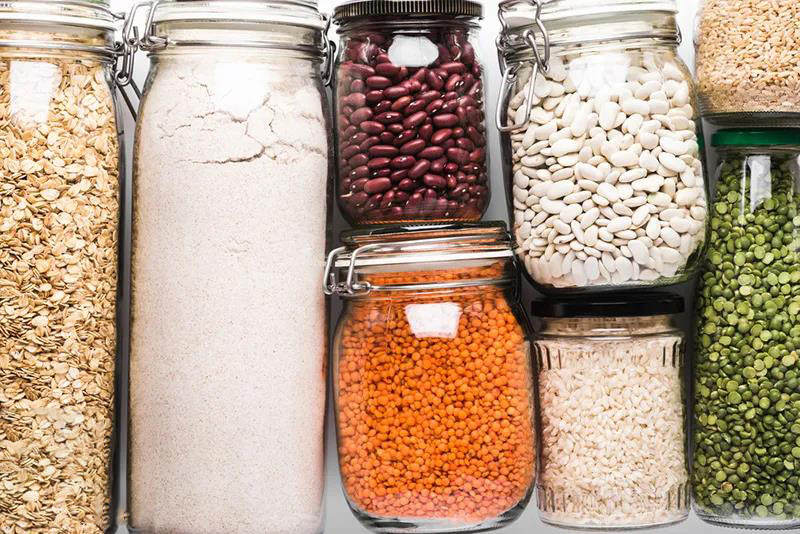
Some cooked staple foods, such as steamed buns, biscuits, bread, etc., should be put in a fresh-keeping bag and kept in the refrigerator. If it exceeds 2 days, it should be sealed and frozen.
Quick-frozen food should be stored frozen. If the package is damaged or unsealed, seal the mouth to avoid drying or fat oxidation.
Fruit and vegetable food
It is recommended not to buy too much at one time, especially green leafy vegetables. The purchase amount is best to be eaten within 2-3 days.
Vegetables should be stored in a refrigerated environment for no more than a week; potatoes are easily protected from light and placed in a cool indoor place; fruits such as apples and pears can be stored in cold storage and indoor cool places.
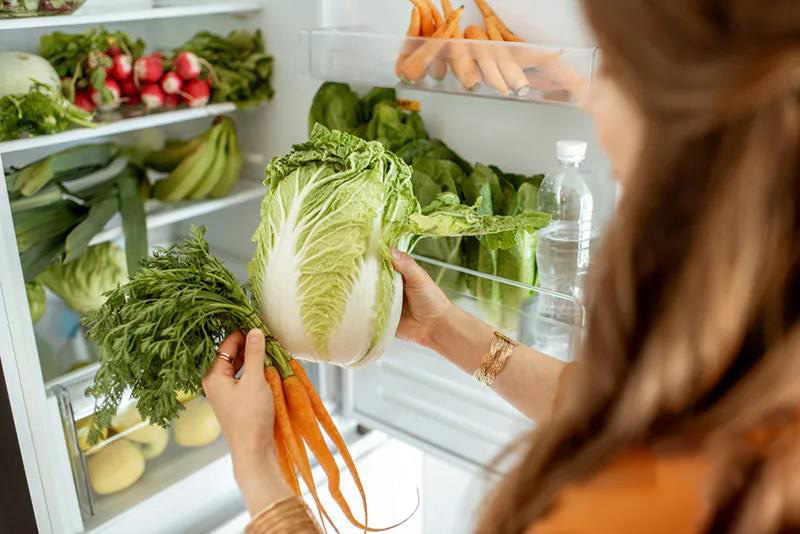
Some southern fruits such as dragon fruit, bananas, mangoes, etc. can be stored in a cool place. If they are stored in cold storage, they should not be stored for too long as they are prone to frostbite.
During storage, take care to pick out moldy and rotten food in time to avoid expanding contamination.
Fresh aquatic products
It is recommended to buy and eat now.
Buy dried aquatic products, such as dried shrimps, dried cuttlefish, etc., can be refrigerated; chilled products, such as hairtail, small yellow croaker, etc., can be frozen.
Meat, Egg and Milk Food
If fresh meat is eaten on the same day after purchase, it can be stored in refrigeration. Otherwise, it needs to be cut into small portions and stored separately, and try to avoid repeated thawing.
The shelf life of fresh eggs is greatly affected by temperature. They can be stored in the refrigerator for 40-60 days, but be careful not to rinse with water before refrigeration to avoid damage to stomata and deterioration; if stored in a cool indoor place and the temperature does not exceed 15 ℃, store The period is about 30 days.
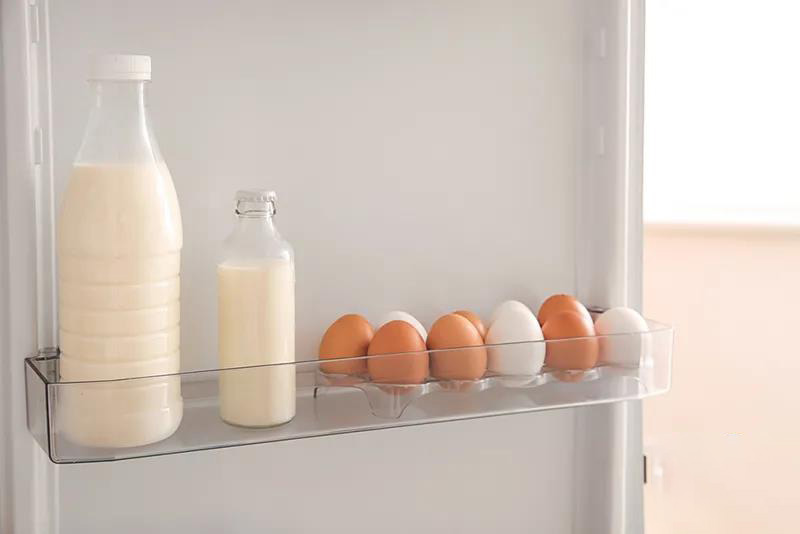
Milk marked “Can be stored at room temperature” on the outer package can be stored at room temperature for about 30-60 days; milk marked “Storage required at low temperature” should be kept refrigerated and the shelf life is about 3-5 days.
Fresh soy food
Soy products such as tofu and soy milk that are made on the market should be consumed on the same day.
If the soy products are sour, and the surface of tofu, dried tofu, etc., is slimy or not elastic, it means that it has deteriorated and cannot be eaten anymore.
Leftovers
When the food is not finished, such as homemade fruit wine, cakes, leftovers, etc., it should be sealed in a container or food bag, stored in the refrigerator, and eaten as soon as possible.
How to judge whether food has gone bad?
There are three reasons for food spoilage:
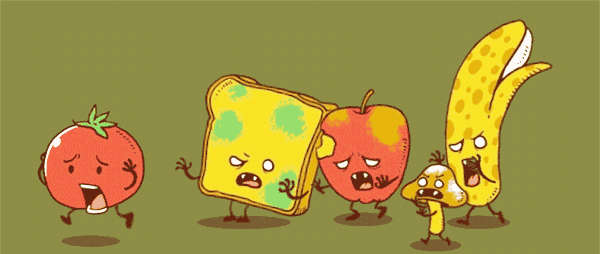
One is the growth and reproduction of microorganisms, which destroys the nutrients in food, which can cause discoloration and taste, such as rotten rice and fruit rot; some pathogenic bacteria can also produce toxins, which are harmful to the human body.
The second is that enzymes decompose nutrients into a variety of low-grade products, which can also cause discoloration and taste.
The third is that the ingredients in the food are affected by light, temperature, oxygen, etc., resulting in oxidative deterioration of the food.
Therefore, in daily life, we can basically judge the deterioration of food by observing the state of food with the naked eye:
For example, ginger rot, moldy spots and red hearts in sugarcane are all caused by mold contamination. The mycotoxin produced by it can damage the liver function and even cause cancer. If the mold becomes serious, it is best to throw it away to prevent the toxin from spreading to the surrounding plant tissues.
In addition, some germinated sweet potatoes, taro roots, carrots and other rhizomes can still be eaten after removing the germinated parts. For sprouted potatoes, the parts around the sprout eyes should be fully removed as much as possible to prevent the solanine produced in the sprouts from causing harm to the human body.
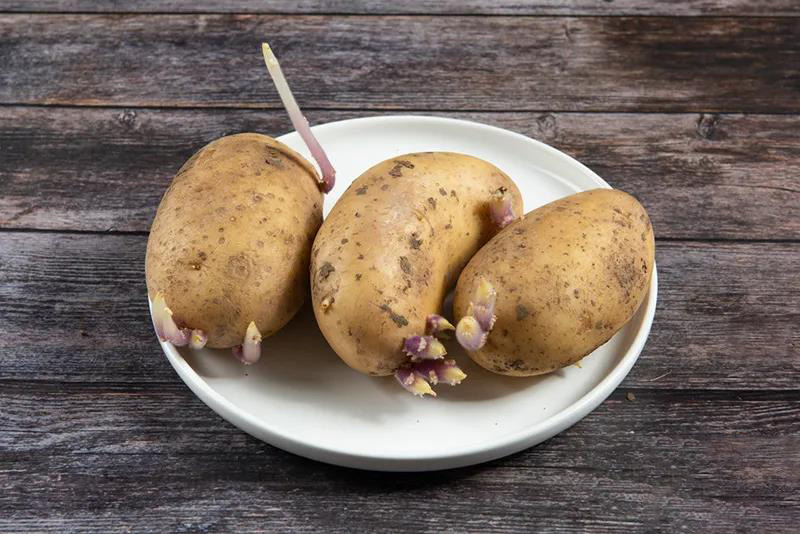
What should I pay attention to when storing food at home?
① Food storage needs to be classified. Different types of food should be stored in different ways.
② Separate raw and cooked in refrigerator to avoid cross-contamination. Fresh foods of animal origin, such as eggs, raw meat, and fish, should be packaged separately from other types of foods.
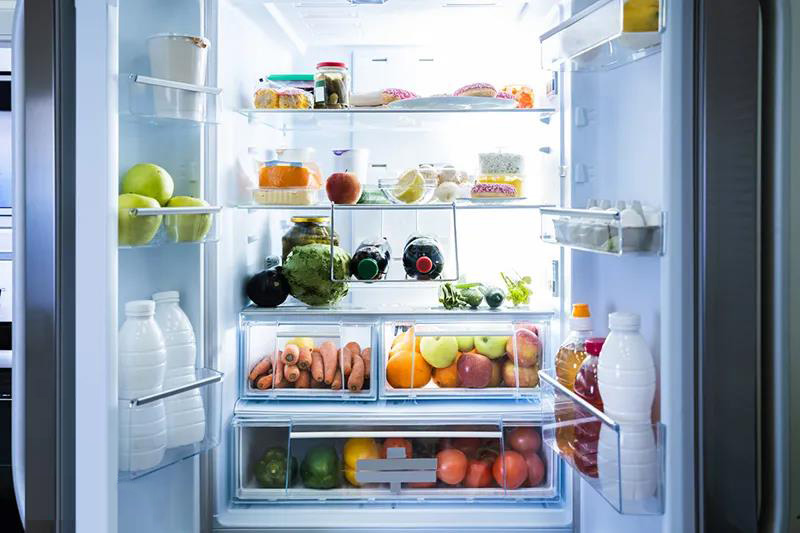
③The refrigerator is not a panacea, the food in it should not be stored for a long time, and pay attention to regularly clean out expired and spoiled food.
Do not overfill the refrigerator, otherwise it will affect the cooling effect, but also pay attention to the leftovers and leftovers stored in the refrigerator. Check for spoilage and deterioration before eating again, and heat thoroughly.
④ The storage container should be safe, harmless and kept clean. It is advisable to choose special food packaging materials, such as fresh-keeping bags and plastic wrap.
Comments